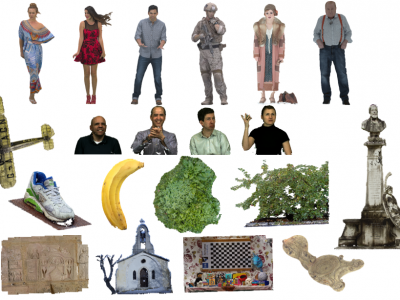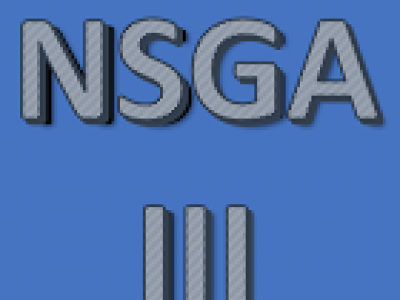TXT
We focus on subjective and objective Point Cloud Quality Assessment (PCQA) in an immersive environment and study the effect of geometry and texture attributes in compression distortion. Using a Head-Mounted Display (HMD) with six degrees of freedom, we establish a subjective PCQA database named SIAT Point Cloud Quality Database (SIAT-PCQD). Our database consists of 340 distorted point clouds compressed by the MPEG point cloud encoder with the combination of 20 sequences and 17 pairs of geometry and texture quantization parameters.
- Categories:
 727 Views
727 Views
GesHome dataset consists of 18 hand gestures from 20 non-professional subjects with various ages and occupation. The participant performed 50 times for each gesture in 5 days. Thus, GesHome consists of 18000 gesture samples in total. Using embedded accelerometer and gyroscope, we take 3-axial linear acceleration and 3-axial angular velocity with frequency equals to 25Hz. The experiments have been video-recorded to label the data manually using ELan tool.
- Categories:
 926 Views
926 Views
We crawled large amounts of biomedical articles from PubMed for the keyphrase extraction system evaluation.
The articles, that consist of title, abstract and keyphrases provided by the authors, are used for the experiments.
In our paper, cancer-related biomedical articles are selected.
- Categories:
 626 Views
626 Views
In order to explore the possible drawbacks of a blockchain-based system for data management for nuclear Power Plant inspections, a simulator has been implemented to recreate the scenario of an inspection. The results contain execution times, source code and instructions to deploy de simulator
- Categories:
 188 Views
188 ViewsA new wearable sensing system of respiration rate based on a piezoresistive FlexiForce sensor has been developed. The 3D casing of the system has been designed and printed with a 3D printer. The design of the casing has a direct impact on sensor accuracy. The casing was designed to house all elements of the sensing system in a compact way: microcontroller, battery, conditioning circuit, Bluetooth module and battery charger. The sensing system was validated with twenty-one subjects using a metronome as a reference.
- Categories:
 1623 Views
1623 Views
This dataset includes gathering 18-month raw PV data at time intervals of about 200 µs (5 kHz sampling). A post-processing 365-day day-by-day downsampled version, converted to 10 ms intervals (100 Hz sampling), is also included. The end results are two databases: 1. The original, raw, data, including both fast (short circuit, 200 µs) and slow (sweep, 2.5-3.9 s) information for 18 months. These show intervals of missing points, but are provided to allow potential users to reproduce any new work. 2.
- Categories:
 1228 Views
1228 ViewsThis paper presents a fast and open source extension based on the NSGA-II code stored in the repository of the Kanpur Genetic Algorithms Laboratory (KanGAL) and the adjustment of the selection operator. It slightly modifies existing well-established genetic algorithms for many-objective optimization called the NSGA-III, the adaptive NSGA-III (A-NSGA-III), and the efficient adaptive NSGA-III, (A$^2$-NSGA-III).
- Categories:
 2202 Views
2202 ViewsOur Signing in the Wild dataset consists of various videos harvested from YouTube containing people signing in various sign languages and doing so in diverse settings, environments, under complex signer and camera motion, and even group signing. This dataset is intended to be used for sign language detection.
- Categories:
 756 Views
756 Views
This dataset accompanies the IEEE Journal of Oceanic Engineering Special Issue on Verification and Validation of Airgun Source Signature and Sound Propagation Models. The special issue has is its origins in the International Airgun Modelling Workshop (IAMW) held in Dublin, Ireland, on 16 July 2016 (Ainslie et al., 2016).
- Categories:
 895 Views
895 Views



